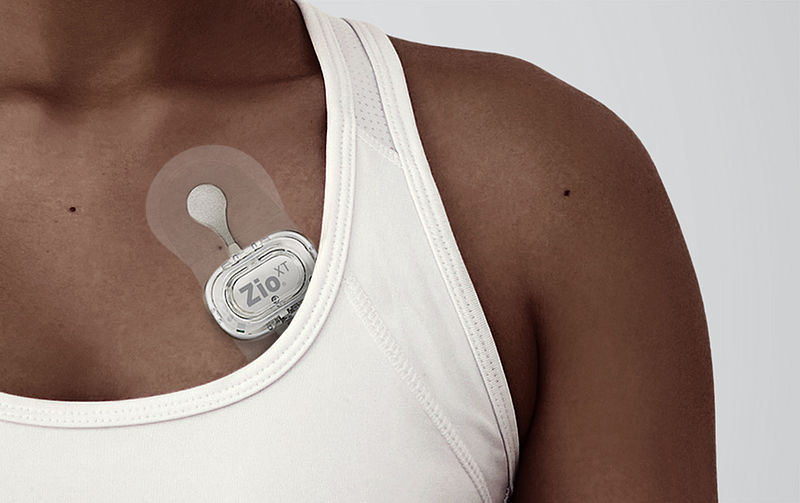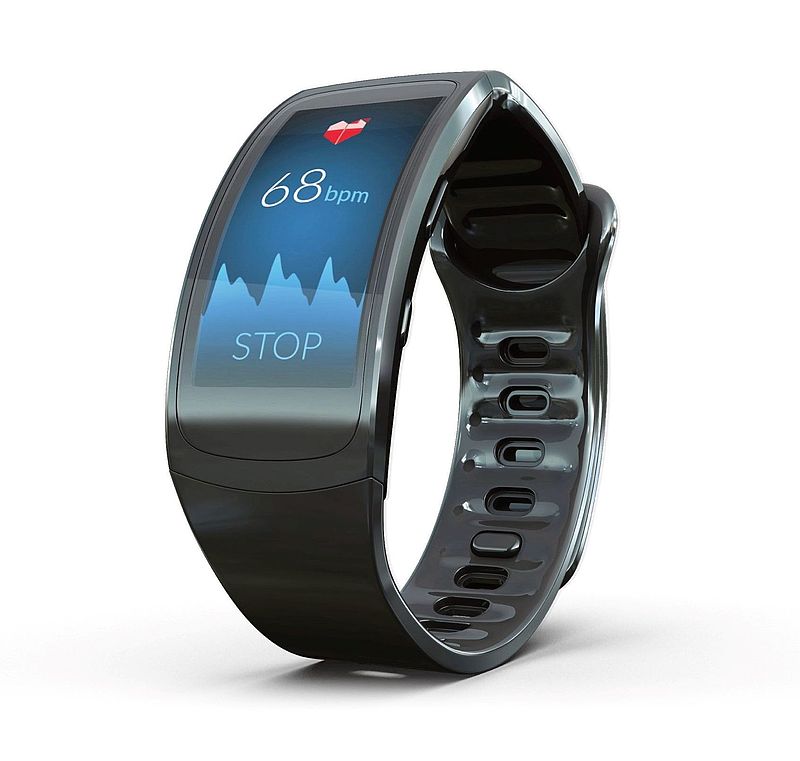Atrial fibrillation is the most common cardiac arrhythmia, affecting more than 40 million people worldwide. Patients have an increased risk of stroke, as blood clots can form during the arrhythmia and enter the brain via the bloodstream. To reduce the risk of stroke, those affected take anticoagulants. However, atrial fibrillation often has no symptoms and remains unrecognised, meaning that people cannot be protected from a stroke.
Previous studies have already shown how suitable smartphones are for detecting atrial fibrillation. But so far, this has not been compared with conventional screening (regular ECG examinations at the doctor's etc.) and mainly younger adults took part in the studies. It therefore remained unclear to what extent older people can cope with digital technologies and whether screening with a smartphone can detect atrial fibrillation in them. The researchers have now investigated these questions with the eBRAVE-AF study, in which DZHK teams were also involved.
Study leader Professor Axel Bauer from the Medical University of Innsbruck, Austria, said at the ESC Congress: "Screening with common smartphones significantly increased the detection rate of treatment-relevant atrial fibrillation. Importantly, the app-based pre-screening was only one part of the programme, which also included electrocardiogram (ECG) evaluation and assessment of the findings by an independent physician."
Smartphone screening suitable for older people
The study involved 5,551 people between the ages of 50 and 90 who had no known atrial fibrillation and were not taking anticoagulants. 31 per cent of the participants were women. Participants were randomly assigned to a six-month digital or conventional screening strategy for atrial fibrillation.
The digital screening study group downloaded a certified app on their smartphone that measures pulse wave irregularities using the phone's photoplethysmography (PPG) sensor. To start a one-minute measurement, the participants placed their finger on the smartphone's camera. If the results were conspicuous, the participants were given a plaster with which they recorded a 14-day ECG, which the researchers then analysed. The scientists sent the analysed results to the participants and asked them to contact their GP, who made the treatment decision and was not involved in the study.
In their study, the scientists found that the digital screening was well received by older people, who tended to take more measurements using their smartphones than younger study participants. The digital data collected was already meaningful in itself for the further course of the disease, as it predicted serious complications such as heart attacks or strokes.
Original publication: Smartphone-based screening for atrial fibrillation: a pragmatic randomized clinical trial (Rizas et al., 2022)


